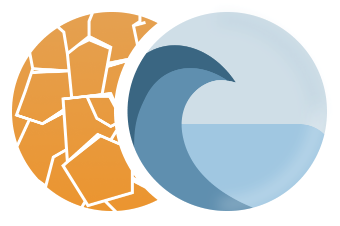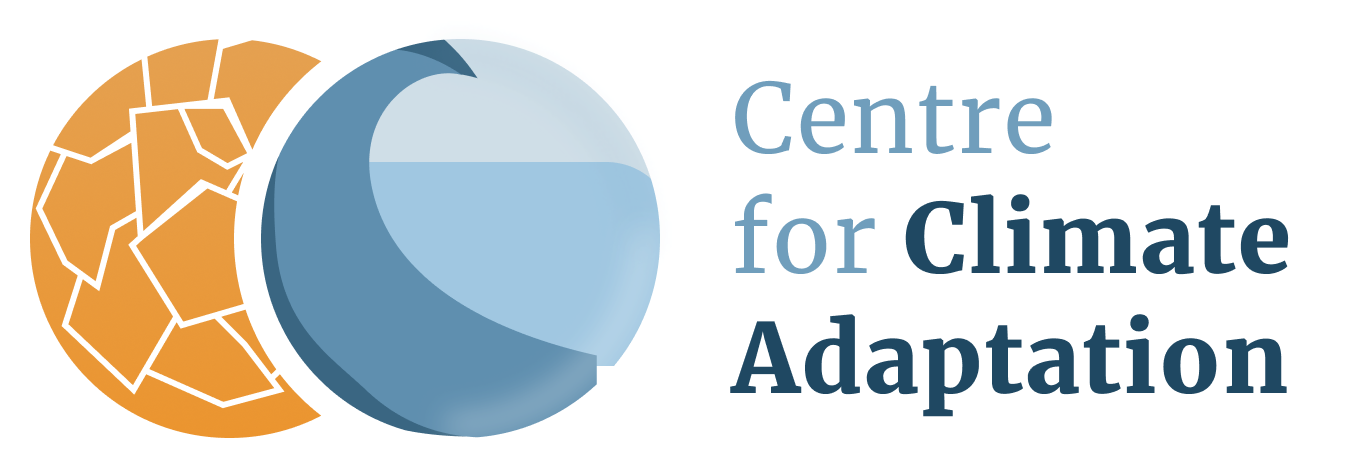Greece
Droughts
Vulnerabilities - Greece
During the 21st century longer dry spells are likely to be common, up to 2 to 4 weeks increase in the south of Italy and the Peloponese region in Greece, from the south of Iberian Peninsula to Morocco, and in Libya (17).
Dozens of drought stricken Greek islands in the Aegean are being forced to import greater amounts of water every year (19). Faced with a water shortage crisis on its hands, the Greek government is currently trying to tackle the problem by importing millions of cubic metres of water to the islands of Milos, Nisyros, Amorgos, Koufonisia, Shinoussa, Folegandros, Tinos, Sikinos, Thirasis, Donoussa, Patmos, Symi, Halki and Palionissos (18).
According to local governors, the problem is not just that there is not enough rainfall to fill up the dams and rivers for irrigation but that the area also suffers from a 70% reduction in the replenishment of the aquifer, and this has had a catastrophic effect on agriculture (18).
According to local governors the Greek islands are not receiving the imported water the government has promised in the height of the tourist season. They also mention that dozens of islands in the eastern Aegean have been promised desalination plants to solve the problem, but until now the government has failed to deliver (18).
Future projections for Crete
For a basin on the isle of Crete future changes in drought characteristics have been assessed by projecting changes in flow, soil moisture and lower groundwater reservoir volume with respect to a threshold level (the level that these parameters values exceeded 80% of the time). This was done for three global climate models (GCM’s) and two greenhouse gas emission scenarios (SRES B1 as the lower, and SRES A2 as the higher limit scenario). Results show a decrease in precipitation and an increase in temperature from 2001 to 2100, resulting in 18-56% decrease of flow, 15-34% decrease of soil moisture and 22-65% decrease of groundwater reservoir volume (lower and upper values for B1 and A2, respectively) (22).
For A2 scenario, it was found that drought events number increases from 2001 to 2100 up to 98%, 109% and 81% for flow, soil moisture and groundwater respectively, when using the 80% threshold level . B1 scenario provided ‘‘milder’’ conditions, with a drought events number increase of 56%, 92% and 34% in flow, soil moisture and groundwater respectively. Drought deficit volumes were projected to increase up to 10-19%, 2-33% and 26-22% in flow, soil moisture and groundwater (lower and upper values for B1 and A2, respectively) (22).
The definition of drought
Drought is a natural phenomenon defined as sustained and extensive occurrence of below average water availability. Drought should not be confused with aridity, which is a long-term average feature of a dry climate. It is also distinct from water scarcity, which constitutes an imbalance between water availability and demand (1).
Three general types of drought may be recognized (7):
- meteorological droughts – defined on the basis of rainfall deficiency;
- hydrological droughts – where accumulated shortfalls in river flows or groundwater replenishment are of primary importance;
- agricultural droughts where the availability of soil water through the growing season is the critical factor.
During lengthy droughts, all three categories may combine to increase water stress. High temperatures are not a necessary component of drought conditions, dry winters can lead to water resources stress in the following summer.
Droughts might manifest themselves either as short but extreme single season droughts (such as the hot summer of 2003) or longer-term, multi-season droughts, and they might be local or widespread in nature (7).
Vulnerabilities in Europe
The European Commission has estimated that at least 11 % of Europe's population and 17 % of its territory have been affected by water scarcity to date and put the cost of droughts in Europe over the past thirty years at EUR 100 billion (1).The drought of 2003 caused a total economic cost of over €13 billion in around twenty European countries (2,7).
Vulnerabilities – European trends in the past
In 2012 the IPCC concluded that there is medium confidence that since the 1950s in particular southern Europe has experienced a trend toward more intense and longer droughts (21). There is no evidence that river flow droughts have become more severe or frequent over Europe in general in recent decades (3), nor is there conclusive proof of a general increase in summer dryness in Europe over the past 50 years due to reduced summer moisture availability (4). Strong increases in the area of combined severe dry and wet conditions in Europe over the last three decades have also been identified, though, and it has been suggested that without global warming droughts would have been smaller and less pervasive (13).
Regional differences
Despite the absence of a general trend in Europe, there have been distinct regional differences. In particular, more severe river flow droughts have been observed in Spain, the eastern part of eastern Europe and large parts of the United Kingdom (3). However, in the United Kingdom there is no evidence of a significant increase in the frequency of occurrence of low river flows (5).
Increasing drought deficits were observed in Spain, eastern Europe and large parts of central Europe with changes in precipitation cited as a major explanatory factor (11). Others (12) have indicated that the proportion of Europe experiencing extreme and/or moderate drought conditions has changed significantly during the twentieth century with fewer droughts over Scandinavia, Netherlands and the Ukraine and more in areas of eastern Europe and western Russia.
Water extraction
Water extraction as well as water management across catchments and changes in land use and management also make it very difficult to attribute changes in average water discharge, floods and droughts to climate-change forcing (8).
Changes in drought severity for western Europe have been attributed to a changing climate but for eastern European countries the increased extraction of water for economic expansion is also a significant factor (15). It has been suggested that the influence of increases in water consumption on future droughts may even be of the same magnitude as the projected impact of climate change (16).
Vulnerabilities – Future projections for Europe
In 2012 the IPCC concluded that there is medium confidence in a projected increase in duration and intensity of droughts in some regions of the world, including southern Europe and the Mediterranean region, and central Europe (21).
River flow droughts are projected to increase in frequency and severity in southern and south‑eastern Europe, the United Kingdom, France, Benelux, and western parts of Germany over the coming decades. In snow-dominated regions, where droughts typically occur in winter, river flow droughts are projected to become less severe because a lower fraction of precipitation will fall as snow in warmer winters. In most of Europe, the projected decrease in summer precipitation, accompanied by rising temperatures which enhances evaporative demand, may lead to more frequent and intense summer droughts (9).
As a result of both climate change and increasing water withdrawals, more river basins will be affected by severe water stress, resulting in increased competition for water resources. The regions most prone to an increase in drought risk are the Mediterranean and south-eastern parts of Europe, which already suffer most from water stress (10).
According to research based on six regional climate models, there is not a simple north–south pattern of decreased–increased drought, with models projecting fewer events for parts of the Iberian Peninsula and parts of the Mediterranean. Considerable uncertainty exists at the regional scale. For example, for Britain and northern Spain, different models project both increases and decreases. … All models project longer and more severe droughts in the Mediterranean and shorter, less severe, events for Scandinavia with greater uncertainty as to the direction of change for the rest of Europe (14).
The use of six regional climate models has demonstrated the range of uncertainty in future projections of even mean precipitation across Europe, but also enables some generalizations to be made. Increases in precipitation are likely during winter and these are likely to be largest and most persistent for northern Europe. In contrast, large decreases in precipitation are likely during summer, these being largest in southern Europe (14).
For longer-duration droughts there is a clearer spatial pattern, which indicates fewer droughts in northern Europe due to larger increases in winter precipitation and more droughts of increasing severity in the south (14).
Biodiversity
Droughts may strongly affect biodiversity all across Europe. Some examples (8):
- The environmental impacts of droughts can be exacerbated by unsustainable trends in water use. The worst combination appears when drought strikes freshwater ecosystems already weakened by excessive water withdrawals. For example, Lake Iliki, some 100 km northeast of Athens, has been reduced to a third of its original size, partly by a severe drought in 2000 but also as a result of increasing drinking water demand. Likewise, Lake Djoran, located between Greece and the Former Yugoslav Republic of Macedonia, is at risk of drying up, thus threatening one of the richest inland fishing stocks in Europe.
- Wetlands are particularly vulnerable to drought. The drought that affected Spain in the first half of the 1990s reduced by 97 % the flooded area of the Natural Park of the ‘Tablas de Daimiel’, the most important wetland area in the interior of the Iberian peninsula. Here too, water withdrawals, in this case for agricultural purposes, contributed to the loss.
- Droughts can cause the deterioration of water quality in rivers, lakes and reservoirs by exacerbating algal blooms that reduce the oxygen available for aquatic species. In the summer of 1999, for instance, these processes affected many lakes in Finland.
- Droughts may also weaken the resistance of certain plant species to plagues and increase their susceptibility to forest fires, as happened in the Greek island of Samos in the summer of 2000.
- Finally, drought can threaten the very survival of species in certain areas. The prolonged drought that affected southern Spain in the mid 1990s caused a high mortality rate among maritime pines and severely withered green oak and cork oak forests.
Soil erosion
Droughts may also trigger soil erosion, mainly in Mediterranean areas. One way this happens is through a reduction in vegetation cover caused by forest fires or by increased plant mortality due to water stress. In addition, when the soil is very dry, the water infiltration rate decreases. Consequently, if a period of drought is followed by heavy storms, erosion is triggered by surface runoff. The problem is especially acute in the arid and semi-arid Mediterranean areas where the process may lead to desertification (8).
Adaptation strategies
Pan-European
Europe should view 2003 as a wake-up call. The 2003 drought should be the catalyst for actions aimed at reducing drought impacts across all relevant sectors (7). Drought is not mentioned in European energy policies. Similarly European transport navigation policy makes no reference to low flow conditions, whereas health policies make few provisions for reduced water supplies and deteriorating water quality. Drought is one criterion for exemption to the requirements of the Water Framework Directive – an increasingly likely situation. It makes no provision for managing biodiversity protection during severe droughts (7).
In contrast to internal policy, drought is addressed as a real issue in EU development policies. Drought is seen as a threat to sustainable development, a humanitarian issue and a driver of mass migration and political instability (7).
EU policy orientations for future action
According to the EU, policy orientations for the way forward are (20):
- Putting the right price tag on water;
- Allocating water and water-related funding more efficiently: Improving land-use planning, and Financing water efficiency;
- Improving drought risk management: Developing drought risk management plans, Developing an observatory and an early warning system on droughts, and Further optimising the use of the EU Solidarity Fund and European Mechanism for Civil Protection;
- Considering additional water supply infrastructures;
- Fostering water efficient technologies and practices;
- Fostering the emergence of a water-saving culture in Europe;
- Improve knowledge and data collection: A water scarcity and drought information system throughout Europe, and Research and technological development opportunities.
National
Adaptation activities currently seem to be focused on flood management and defence, while adaptation measures related to the management of water scarcity and drought, although recognized as equally damaging, do not yet seem to be widespread (2).
References
The references below are cited in full in a separate map 'References'. Please click here if you are looking for the full references for Greece.
- EC (2007a), in: EEA (2009)
- Anderson (ed.) (2007)
- Hisdal et al. (2001), in:EEA, JRC and WHO (2008)
- Van der Schrier et al.(2006), in:EEA, JRC and WHO (2008)
- Hanneford and Marsh (2006), in:EEA, JRC and WHO (2008)
- Van Lanen et al. (2007), in: EEA (2009)
- Eisenreich (2005)
- EEA, JRC and WHO (2008)
- Douville et al. (2002); Lehner et al. (2006); Feyen and Dankers (2008), in:EEA, JRC and WHO (2008)
- Alcamo et al. (2003); Schröter et al. (2005), in: EEA, JRC and WHO (2008)
- Demuth and Stahl, 2001, in: Blenkinsop and Fowler (2007)
- Lloyd-Hughes and Saunders (2002), in: Blenkinsop and Fowler (2007)
- Dai et al. (2004), in: Blenkinsop and Fowler (2007)
- Blenkinsop and Fowler (2007)
- Lehner et al. (2006), in: Blenkinsop and Fowler (2007)
- Lehner and Döll (2001), in: Blenkinsop and Fowler (2007)
- Giannakopoulos et al. (2005)
- Hellenic Republic, Ministry for the Environment, Physical Planning and Public Works of Greece (2006)
- http://www.kosisland.info
- Commission of the European Communities (2007)
- IPCC (2012)
- Vrochidou et al. (2012)




